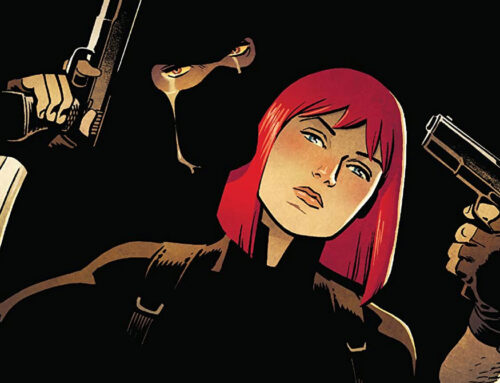On Saturday, November 23rd, 1963 at approximately 16 minutes and 20 seconds past 5 pm the greatest cultural achievement ever created by human beings premiered on British television in the form of a half-hour serialized science fiction drama called Doctor Who.
The premise was a simple one. A curmudgeonly old alien called the Doctor and his various companions travel through time and space in a blue box that is bigger on the inside and have exciting adventures. Originally conceived of as an educational program (think magic School Bus) but quickly, as in the second story, it morphed into a sci-fi space opera with iconic recurring villains and morality play storylines. It became immensely popular.
Now when the original actor to portray the Doctor – William Hartnell – became too ill to continue in the role the producers were faced with either casting a look-alike actor to play the Doctor or canceling the show. But instead, they came up with one of the most innovative solutions in the show’s history and one that would prove to be crucial to its longevity. The Doctor you see, was an alien that had the ability to “regenerate.” In times of old age of fatal injury, the Doctor could change every molecule in their body and become an entirely new person with an entirely new personality. This allowed a new actor to take over and play the Doctor however they saw fit. And the show could do a soft reboot every three to four years or so. It was genius.
In the mid-70s the fourth actor to take on the role – Tom Baker – started his tenure and soon became arguably the most iconic incarnation of the Doctor. With his toothy grin, manic personality, and ridiculously long scarf, Tom Baker embodied the role of the Doctor for 7 series and became the image of what most people think of when they think of Doctor Who.
During Tom Baker’s run, the series was at its height of popularity (at least until the modern revival) and in 1978 Marvel UK obtained the rights to publish Doctor Who comics and a magazine Doctor Who Weekly débuted. The magazine contained interviews and behind-the-scenes features, as well as an ongoing comic. Now, Doctor Who comics have been published since the 1960s but these were more cartoonish and aimed at a younger audience. In Doctor Who Weekly the comics were changed to a – quote “American style” unquote – and the target audience was upped to a more mature demographic, teens rather than kids. And up-and-coming artists and writers were brought on to create the new stories, most of whom were already veterans of another iconic British comics magazine 2000AD.
Among these writers were Pat Mills and John Wagner, known for Judge Dredd among other things, and a young artist named Dave Gibbons who would go on to a pretty decent career in comics.
This team created some of the most beloved stories of the time two of which we’ll be talking about today.
I chose the comics we’ll be talking about today – The Star Beast and the City of the Damned – for several reasons. First, they are very silly and goofy, and at times can be crude and almost amateurish in the way they are presented (much like the television show they are based on), but there are themes that appear here that resonated with me as a kid and still resonate with me today. Things like freedom of thought and expression are not only needed but are important to how we live our lives. The idea that the hero is not always the cute one and the villain is not the one who seems monstrous and ugly, that the winner is not determined by who is the strongest or who has the bigger gun, but rather who is the cleverest and can outthink their opponent.
I fell in love with Doctor Who and still love it to this day because it prioritizes intelligence and romanticism over violence and cynicism. It is earnest, genuine, and sweet. To sum up what it means I’ll quote the Doctor:
Never be cruel, never be cowardly. Remember hate is always foolish and love is always wise. Always try to be nice and never fail to be kind.
And if that sentiment is silly and goofy – so be it.
This article originally appeared on The Collected Edition as the introduction to episode 102: Doctor Who Classics.
The Collected Edition is a comic book podcast where the hosts discuss the famous and infamous runs and story arcs throughout the history of comics. Please subscribe to the show on Apple Podcasts, Sticher, IHeartRadio, and Spotify.













Leave A Comment